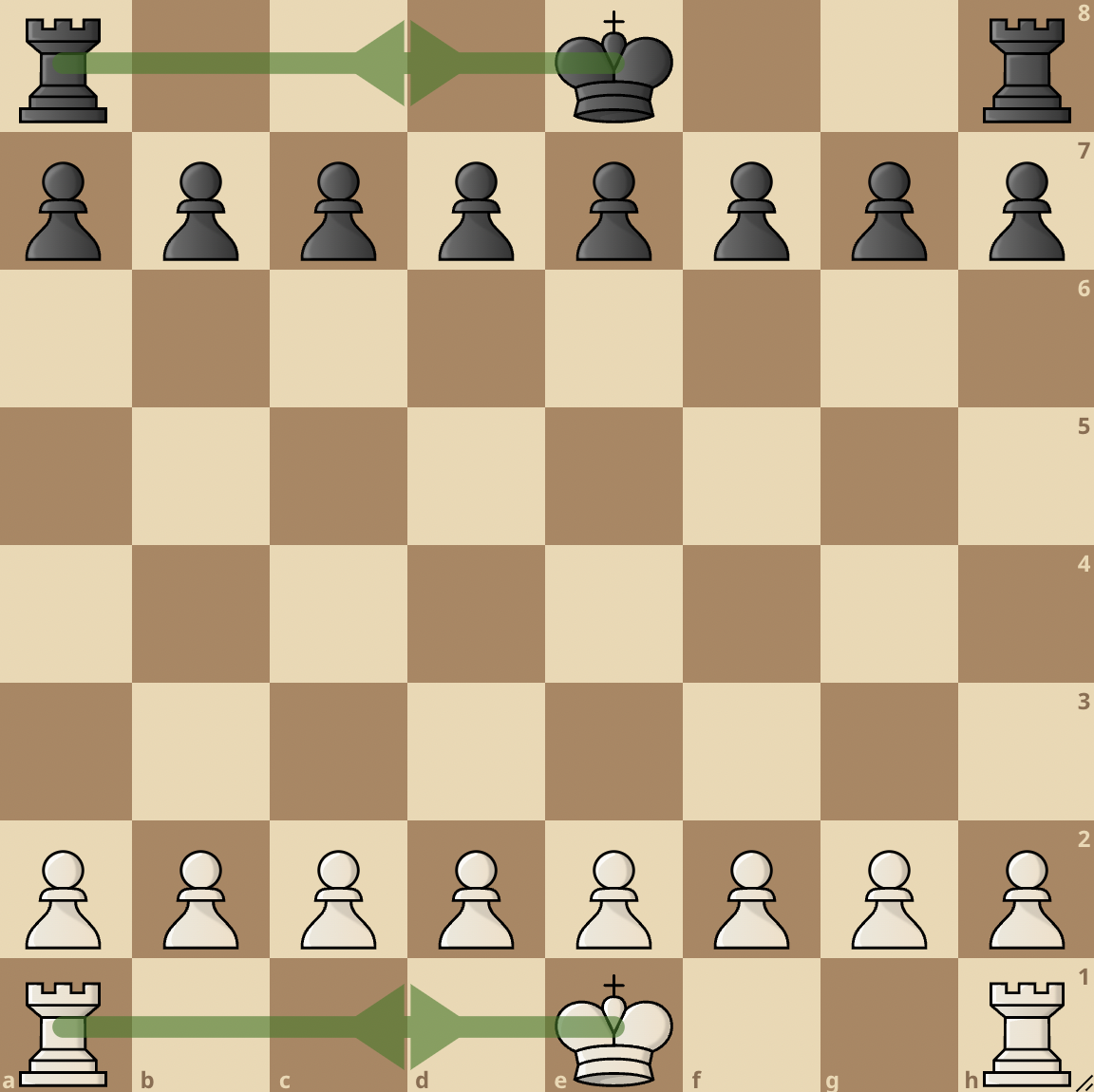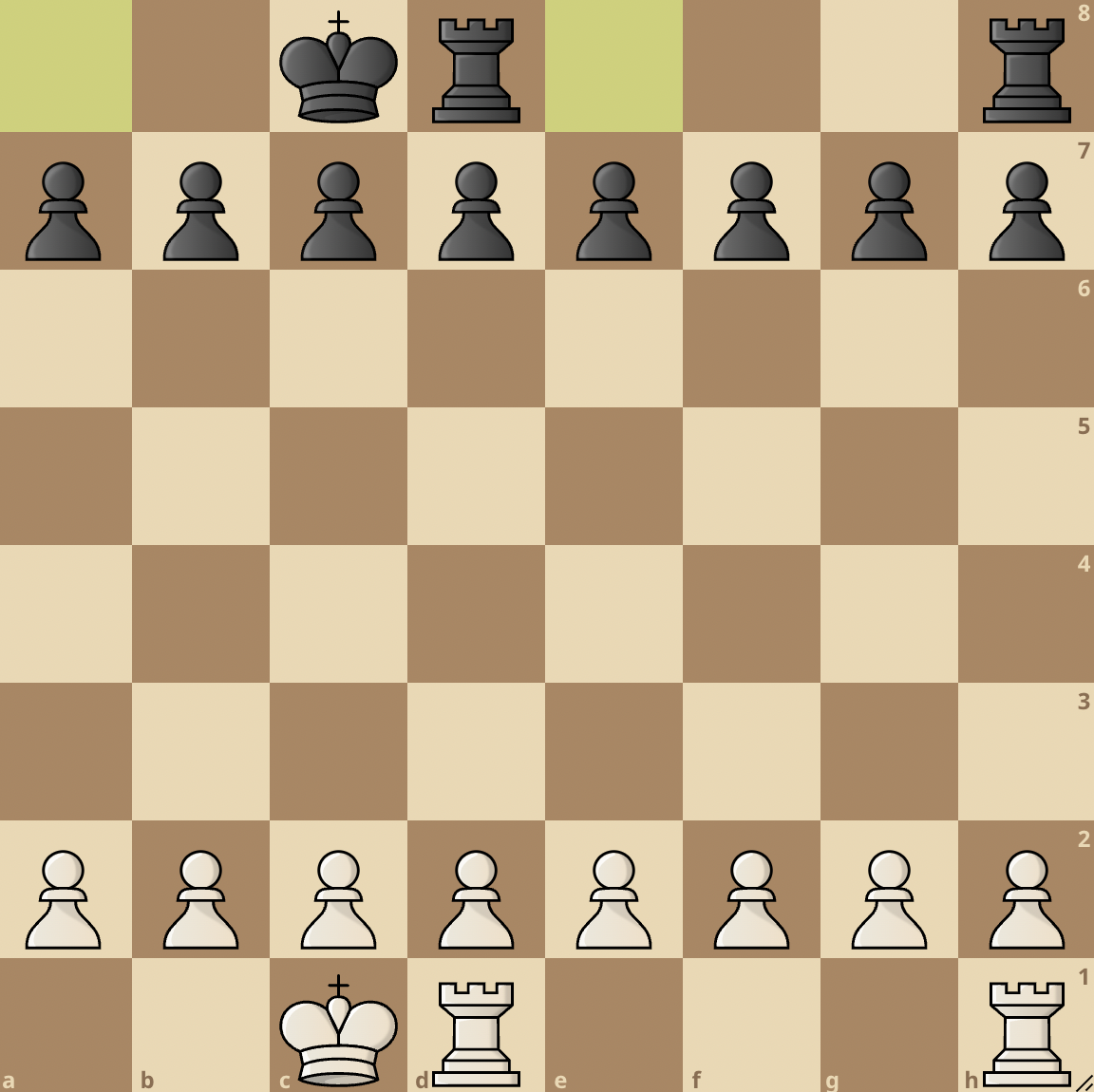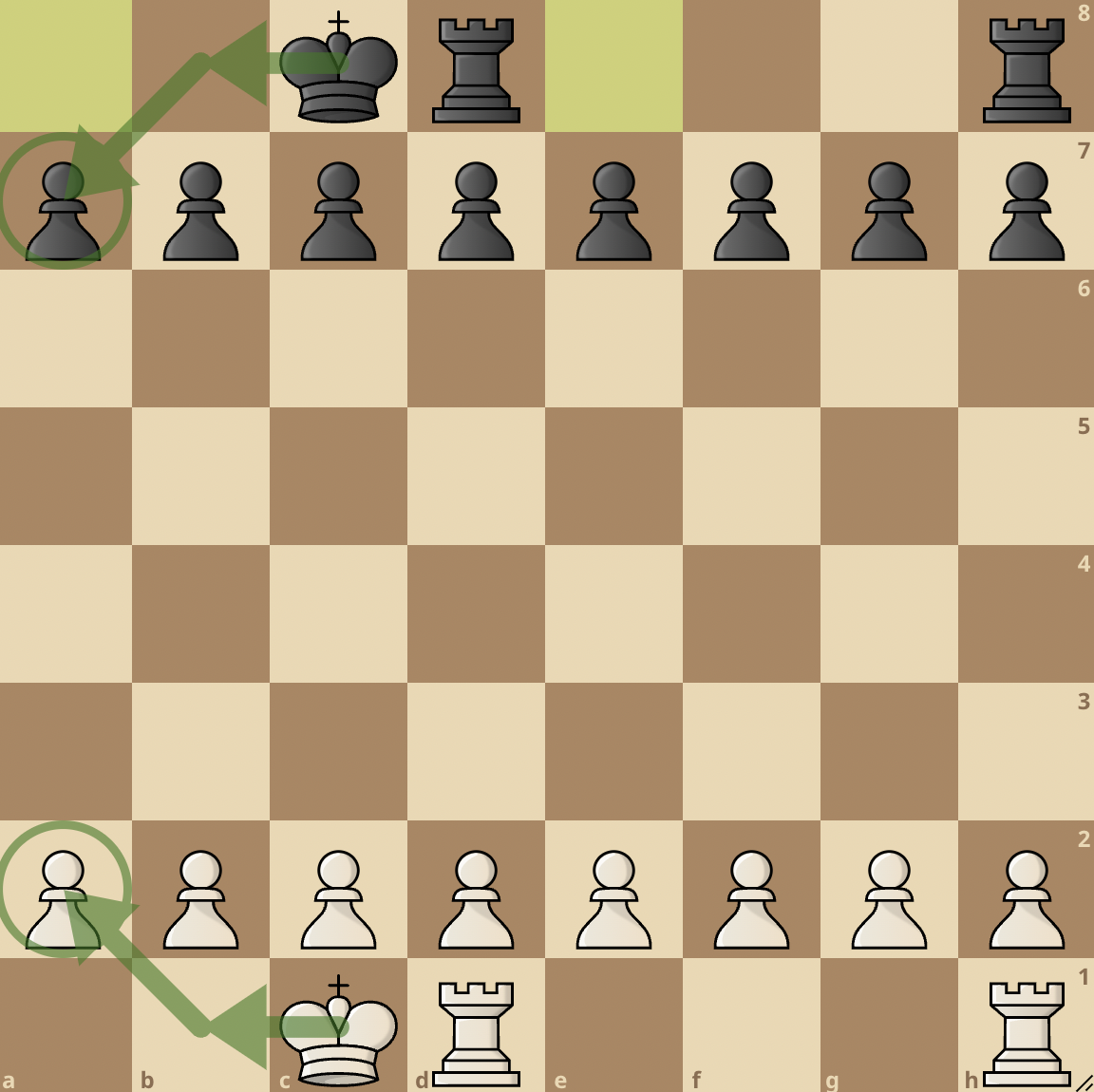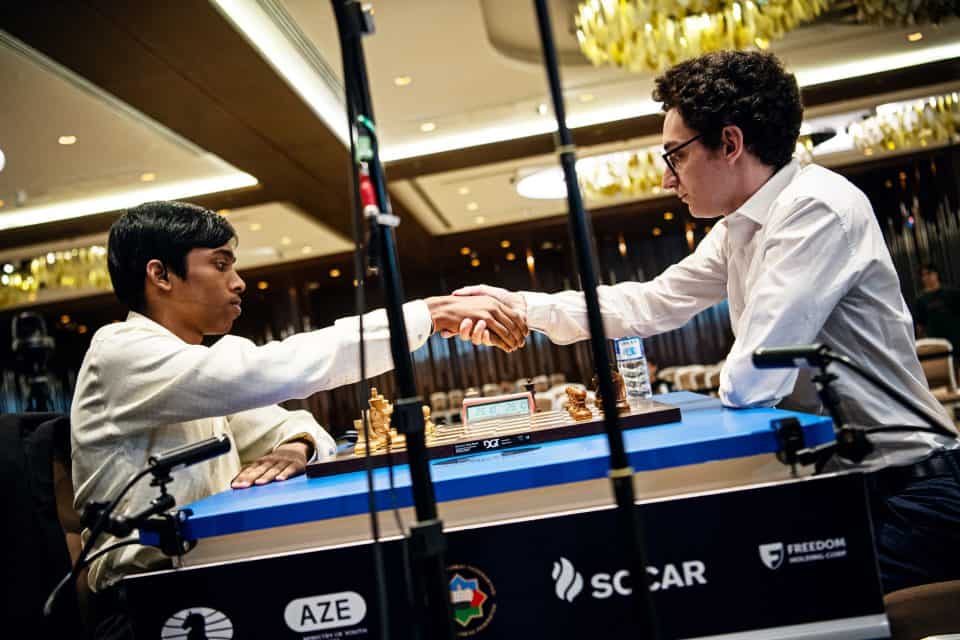The game of chess is a game of strategy; It involves both the art of attack and defence. Every chess players should possess adequate knowledge of both art and apply them in their games.
One very important aspect of any chess game is “King Safety.” It’s not news that the king is the star of a chess game.
If a king falls, the game ends. Therefore, the king must be protected at all costs.
A very important move that promises king safety is known as CASTLING. There are two types of castling:
- The Kingside castle
- The Queenside castle
We already covered both in our other castling guide but this article throws more light on queenside castling.
The Queenside Castle is a common chess strategy that involves moving the king to the queen side of the board, in castling order.
This move is often used to counter an attack on the kingside, or to give the player more control over the centre of the board.
In this article, we will examine the ins and outs of Queenside castle. But before we get into that, it is important to know what castling is and how it is performed.
Queenside Castle
In a Queenside castle, the player with the White pieces moves their king two squares to the left, while the player with the Black pieces (sitting at the other side of the board) moves their king two squares to the right.

The player then moves the rook on that side directly to the other side of the king in the same move (see image above and below).

The Queenside castle is also known as the long castle because the rook moves a long distance of 3 squares.
This is in comparison to the Kingside castle where the rook moves only 2 squares.
Advantages Of The Queenside Castle
1. King Development
In the endgame, the King becomes a fighting piece. Therefore, a player needs to bring his King into action quickly.
A Queenside castle puts the King closer to the center of the board. This helps you take control of the endgame faster and attack your opponent.
Learn more in our endgame guides:
- Chess Endgames: The Great Element Of Chess Mastery
- 5 Endgame Concepts You Must Know to Play Better Chess
2. Rook Development
Queenside castling helps bring the rook into the game by giving it either an open or semi-open file.
Disadvantages Of The Queenside Castle
1. It leaves the king more exposed
Although Queenside castle gives somewhat of a more attacking edge than Kingside castle, it also comes with a downside.
Unlike in a Kingside castle, where the King is safely tucked in behind the shelter of pawns, in a Queenside castle, your King is more open to attacks from your opponent.
It’s important to consider the position of the enemy pieces when deciding whether or not to castle queenside.
If the enemy has a strong attack on the kingside, then castling queenside can be a good way to counter that attack and shift the focus of the game to the queenside.
On the other hand, if the enemy has a strong attack on the queenside, then castling queenside may not be the best idea, as it could leave the king more vulnerable to attack.
2. It makes the a-pawn vulnerable
Queenside castle is performed by moving the King two squares towards the rook and putting the rook directly by the King’s other side.
In doing this, the “a” pawn is left unguarded. This makes it a target for the rest of the game, and a player would have to lose a tempo to guard the pawn.

As seen in the image above, White or Black usually has to play Kb1 or Kb8 respectively to get away from the center and protect the a-pawn.
Conditions Before Kingside or Queenside Castling Can Be Performed
1. If neither the King nor Rook has been moved yet
Before castling can be performed, your King and the Rook must not have been moved.
Moving the Rook takes away a player’s ability to castle with that rook.
After you’ve moved one of your rooks, you can no longer castle with that rook. You can only use the other rook (if it hasn’t been moved).
Likewise, moving the King takes away a player’s ability to castle (it doesn’t matter whether either rook has moved).
2. There are no pieces between the King and the Rook
Before castling can occur, the squares between the King and the rook must be free. This means that no piece must be standing in the way.
3. The King is not in check
Another condition before you can castle is that your King should not be in check.
A King cannot castle if a check is being delivered. The check must be blocked or neutralised (the piece delivering the check must be captured) before castling can occur.
Learn more in this piece: Can You Castle After Being Checked?
4. The squares through which the King will pass or the square to be occupied are not under attack
Castling cannot occur if an enemy piece controls the squares between the King and the rook.
We have some extra resources to help you understand everything discussed here in more detail:
- How Does A King Move In Chess?
- Can The King Jump In Chess?
- Can a King Check Another King in Chess?
- Can A King Kill A King In Chess?
Frequently Asked Questions (FAQs)
What Is Castling?
Castling is a special move in the chess game where a player moves their King two squares on the board toward a rook in the same rank and moves the rook to the King’s other side.
It is the only move in chess in which a player is allowed to move two pieces in the same turn, and it is the only King move where the King moves two squares in a turn.
Castling with the King’s rook is known as kingside castle or castling short, and castling with the queen’s rook is known as queenside castle or castling long. The notation for castling is 0-0 for kingside castle and 0-0-0 for queenside castle.
What is the queenside castle?
The queenside castle is a chess strategy that involves moving the king to the queenside of the board, followed by castling.
This move is often used to counter an attack on the kingside, or to give the player more control over the centre of the board.
When should I castle queenside?
There are a few key considerations when deciding whether or not to castle queenside. These include the position of the pieces on the board, the position of the enemy pieces, and the timing of the move.
It can be a good idea to castle queenside if the queenside is relatively open and there are no enemy pieces threatening the king, or if the player wants to shift the focus of the game to the queenside.
What are the benefits of the queenside castle?
One of the main benefits of the queenside castle is that it allows the player to bring the rook into play more quickly than with a kingside castle.
This can be especially useful if the player has a strong pawn structure on the kingside and wants to launch an attack in that area.
The queenside castle can also be useful for controlling the centre of the board, as the rook on the queenside will be able to attack down the d-file and potentially support a pawn advance in the centre.
Can the queenside castle be used as a defensive measure?
Yes, the queenside castle can also be used as a defensive measure. If the enemy has a strong attack on the kingside and the player wants to get the king to safety, then castling queenside can be a good way to do this.
It’s important to consider the potential threats from the enemy when deciding whether or not to castle queenside for defensive purposes.






1 comment
castling queen side
Thank you for sharing your thoughts. I truly appreciate your efforts and I will
be waiting for your next post thanks once again.